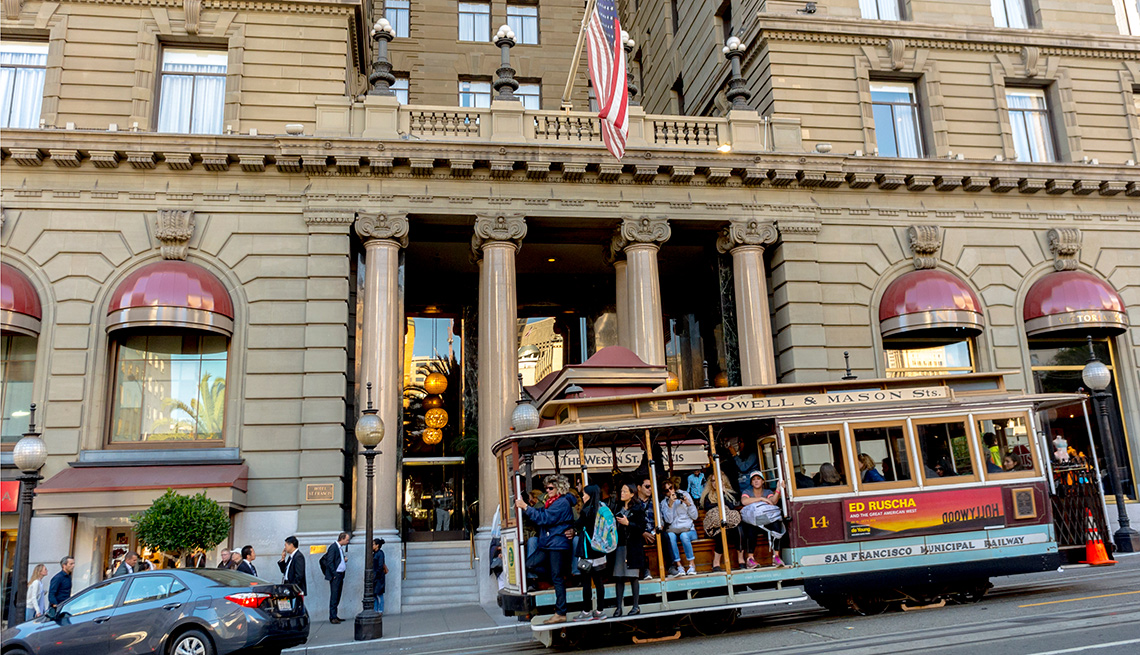Staying Fit
When to go
San Francisco is blessed with a mild climate, with temperatures rarely below 40 degrees or above 80. However, with its proximity to the cold Pacific Ocean the weather can be mercurial, and summer days can suddenly turn downright chilly.


AARP Membership— $12 for your first year when you sign up for Automatic Renewal
Get instant access to members-only products and hundreds of discounts, a free second membership, and a subscription to AARP the Magazine.
High season is June–August, and the majority of visitors arrive then. Consequently, hotels, shops, restaurants and attractions are correspondingly crowded, so booking ahead will help you avoid disappointment on the ground. September and October bring a lovely Indian summer and fewer visitors, but beware that some large conventions roll into town this time of year, so hotel rooms can be scarce then, too.
From November to March, you’re likely to encounter cool days and scattered rain but also more room availability and better prices, and the weather is rarely inclement for long. San Francisco’s secret sweet season is April–May, when days are sunny, temperatures pleasant and crowds smaller.
Ways to save: For the best hotel rates, visit from December through February. If you want to sample some of the city’s finest restaurants at affordable prices, go during San Francisco Restaurant Week (usually during spring), when more than 100 of the city’s celebrated eateries offer prix-fixe meals at lunch and dinner.
Where to stay
San Francisco offers the full spectrum of hotels, from iconic institutions with hundreds of rooms, including cozy charmers such as the trendy and pet-friendly Kabuki Hotel in the heart of Japantown and the B&B-style White Swan Inn, where morning breakfast and evening wine are included in your stay. Budget places such as the Mosser, Casa Loma and Hotel Beresford are well-situated for exploration. For affordability, your best bet might be big-brand chains, such as Hilton, Courtyard by Marriott or Holiday Inn, all of which have several properties in town.
More ways to save: Short-term home rental agencies like HomeAway, VRBO and Airbnb may save you money over a hotel stay. Born and still headquartered in San Francisco, Airbnb offers a more affordable alternative. While city regulations have reduced the number of properties on offer, there are still more than 7,000 with prices that run the gamut, depending on size of rental and neighborhood.
How to get there
The most convenient airports are San Francisco International Airport (SFO) and Oakland International Airport (OAK), and both are connected to the Bay Area Rapid Transit (BART) rail system. Taxis are plentiful at both. If you want to arrive by train — well, you can’t, strictly speaking. Amtrak will take you as far as Emeryville Station, where you can catch a bus for the ride across the Bay Bridge.

































































